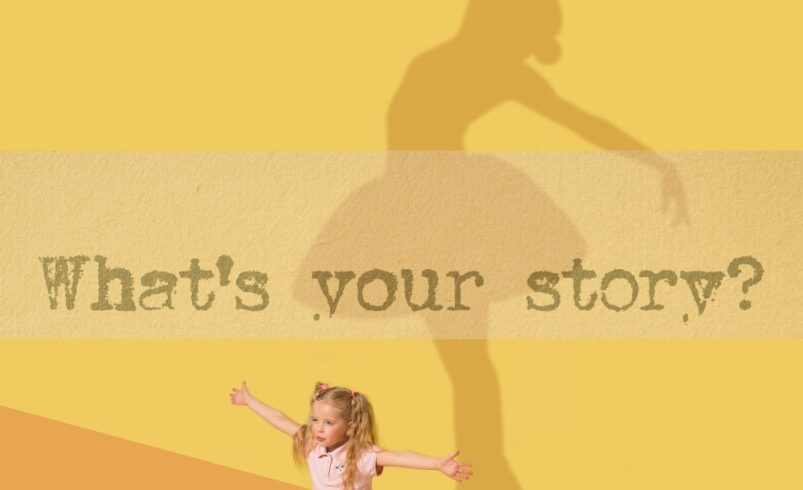
Storytelling has always been a way of communication among humans – whether it is a mother reading a story for her kids to sleep, a husband talking about his day, or friends reminiscing on the past, storytelling became a way outside of space and time where people can talk about their feelings, emotions and life experiences. However, with the advancement of social media and technology, storytelling is taking a new shape: from POV reels, to storytime tiktoks and GRWM shorts, the way we tell stories has changed dramatically.
In the past, telling stories was based on word of mouth mixed with people imagination. They attracted people to listen by telling stories about love and heroes and darkness sometimes. The second phase was the arrival of books and newspapers and written letters, which helped enlarge the audience reach. It helped push people to learn more about cultures and communities from history to food.
“A reader lives a thousand lives before he dies,”
– George R.R. Martin
The third phase was when radio, cinema and TV were introduced. Stories stopped being an ear treat and became a visual delight as well. It helped families come closer as well as they watched and listened together experiencing all sorts of emotions and feelings. Friends started gathering to watch movies or listening to international songs.
Everything changed with the internet. The ’90s brought a digital wave, making it possible for anyone with a computer to become a storyteller. Suddenly, people were sharing their lives and opinions on blogs, early forums, and websites. It felt like a digital diary, open to the world. The internet made it possible for voices that had been unheard to finally find their place.
“The internet is the most powerful tool for democratization of knowledge ever invented”
– Jimmy Wales, co-founder of Wikipedia.
Social media pushed the transformation even further. Social media hubs like Facebook, Instagram and YouTube helped to turn storytelling from hour long movies to minutes long videos. You could see faces, hear voices, and be a part of someone’s story no matter where they were in the world and without having to watch endless series. Vlogs, tutorials, and short films became a new way to connect. It was no longer just about telling a story—it was about showing it.
With the development of the digital world, even shorter formats of storytelling, were introduced like stories or 15-seconds videos. They are very quick, there for a limited time, but give a touch of living in the moment.
Yet, beyond the quick hits of short-form content, video games and virtual reality (VR) began offering deeper ways to experience stories. Unlike traditional media, these new forms let you step inside the narrative. You don’t just watch a hero’s journey—you live it. Imagine walking through the desolate world of The Last of Us, where every corner hides a story. Or slipping on a VR headset and finding yourself in a completely different place, exploring stories in a world that feels almost real.
The last destination of our trip across time is AI and algorithms. Today, platforms like Netflix and Anghami learn what you like and show you suggestions just for you. It’s that moment when a show pops up, and you think, “How did they know I WAS JUST TALKING ABOUT THIS?” In a way, it’s like having a personal storyteller, but with algorithms as the recruiter.
We’ve come a long way, but the essence of storytelling hasn’t changed. It’s about connection. Whether it’s a thoughtful podcast that keeps you company on your commute, a TikTok that makes you laugh when you need it most, or a movie that transports you to another world.
As time goes, AR and metaverse and other new tech is being introduced to the world, making the line between reality and fantasy very thin.To tell a story is to share a piece of yourself, hoping that someone, somewhere, will find a piece of themselves in it too. And isn’t that what it’s always been about?
References
The evolution of storytelling. (n.d.). https://reporter.rit.edu/tech/evolution-storytelling
TrueEditors. (2024, January 16). The evolution of Storytelling – TrueEditors -. TrueEditors. https://www.trueeditors.com/blog/the-evolution-of-storytelling/



